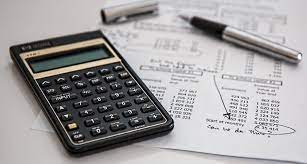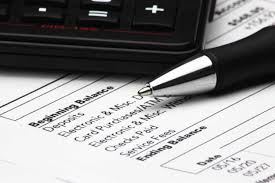Operating Profit vs. Net Income: What's the Difference?
This article will discuss two essential terms to understand better operating profit and net income.
Triston Martin
Oct 12, 2022
Bank reconciliation is a procedure that companies should go through every month to verify that the amounts shown on their bank statements and the records kept internally by the company agree. Check registers, general ledger, and balance sheet are all examples of these types of records.
Because the closing amount shown on a company's bank statement and the company's book balance virtually never perfectly match one another, it is customarily necessary to amend the book balance so that it is in line with the bank statement.
Discovering and understanding these inconsistencies is the objective of carrying out a bank reconciliation. When all adjustments have been made, the amount shown on a bank reconciliation statement should be the same as the balance left in the bank account at the end of the day.
Bank reconciliation is an essential tool for a company's internal financial control system since it ensures that all of its assets are accounted for correctly monthly. As a result, this helps guarantee that payments have been completed and that cash collected has been put into the bank. The book balance and the bank statement may not match exactly for several reasons, including the following:
In most cases, bank reconciliations are carried out every month after the receipt of bank statements. The procedure may either be carried out manually or with accounting software assistance. Most accounting software systems, such as Blackline, Xero, and Cashbook, have bank connections. This means that the platform digitally links with your bank and instantly collects data from your most current bank statements as soon as they are made accessible.
To account for any transactions that are not shown on the bank statement, you will need to review your company's records, including the check register and receipts, before beginning the bank reconciliation process. These source materials are necessary for reconciliation and should be kept in binders or stored online.

When doing bank reconciliation, it is helpful to choose the most recent occasion on which the amount shown on your company's records and the balance shown on your bank statement was the same as the beginning point. When you have all of this information, the following important actions need to be taken:

When determining the adjusted bank balance during bank reconciliation process, total amount of checks that have not yet been cashed is deducted from ending balance shown on bank statement. If, on the other hand, the company chooses to cancel an outstanding check, you are obligated to record a cash debit in the general ledger to bring the account balance up to its previous level.
Operating Profit vs. Net Income: What's the Difference?
This article will discuss two essential terms to understand better operating profit and net income.
How getting a store card will affect your credit
Can you tell me how a retail credit card application will affect my credit rating? Provides the most thorough information available on the subject of applying for a store card. This course will educate anyone interested in applying for a shop credit card on the process and the potential effects on their credit rating.
What is a Deposit?
A deposit is a word that refers to money that is retained or held in a bank account to earn interest on the money.
How To Consolidate Credit Card Debt on Your Own: An overview
Consolidating credit card debt with a personal loan can work well for you, depending on your current financial circumstances.



